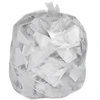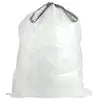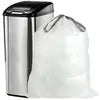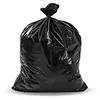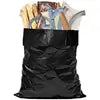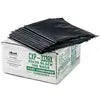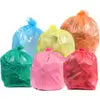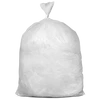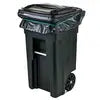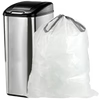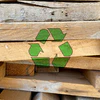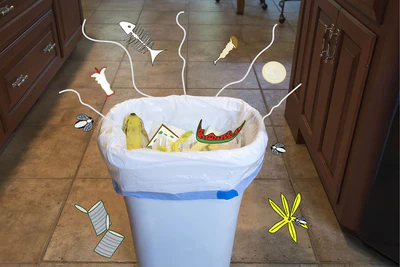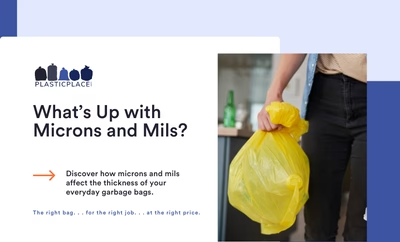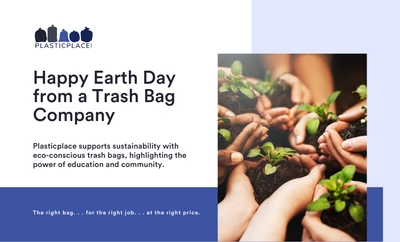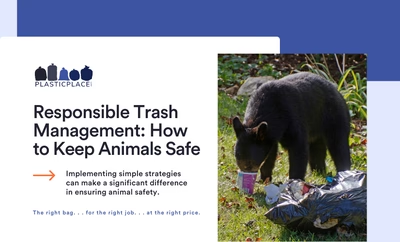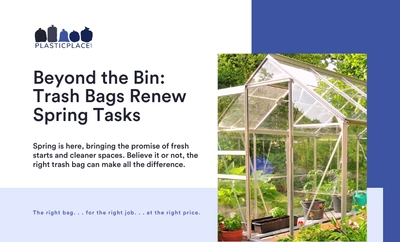What can we do about plastic in the ocean? It is a disturbing issue, and many good people – from scientists to gurus to regular folks – all want to roll up our sleeves and get involved. Environmentalists are seeking pollution solutions, on both macro and micro levels.
In 2014, a 19-year-old boy genius, appropriately named Boyan Slat, took social media by storm with his innovative and high-tech cleanup ideas. His TedX talk, “How the Oceans Can Clean Themselves,” proposes installing platforms with trash-catching nets that work with ocean currents instead of against them, in order to clean the ocean in 5 years. However, skeptics warn this approach may be ineffective, even harmful: it could disrupt ecosystems, potentially creating even more plastic garbage if the platforms fail. In response to these criticisms, Slat’s nonprofit, The Ocean Cleanup, has studied the issue in-depth, recently announcing an information-gathering prototype to be installed in June.
Currently, popular opinion celebrates the fact that at least this young man is trying to solve this problem, contrasted with our collective inaction and hand-wringing. Indeed, the wunderkind is a crowd-funding and publicity magnet, inspiring optimism and problem-solving on an ambitious new scale. Nevertheless, the immediate problem remains: 165 million tons of plastic inhabit the ocean. What’s more, cleanup ideas like Slat’s focus on visible pieces of plastic on the ocean’s surface – not microplastic, and not debris that has sunk to the ocean floor.
Instead of grand-scale, hard-to-carry-out schemes, better and more efficient solutions could be staring us in the face. According to many experts, prevention and coastal cleanups might just be the best ways to rescue the ocean. Scientists stress that the land-sea interface is key to solving the problem – that means harbors, beachfronts, riverfronts, wherever the water hits the land.
Land-sea efforts are important, in part, to stop ongoing and future leakage. But they also fight the existing problem, because a large proportion of marine debris washes ashore, where it can be easily collected, before being swept back to the water – for example, in the Gulf of Mexico, trash dumped anywhere in the gulf will likely end up on the Texas beach. In fact, analysis shows that plastic collectors, if placed near coasts, would remove 31% of microplastics – versus 1% if the collectors were placed in the Great Pacific Garbage Patch. Other good land-sea tactics include physical barriers on storm drains, and harbor boats with remotely-operated cleanup equipment.
The good news about ocean cleanups? Small wins can be effective – perhaps even the most effective. The better news? Ordinary people can take very real steps to help.
Here’s what YOU can do, NOW, to help. 1. Participate in beach cleanups.
- Find information about coastal cleanups nationwide. Volunteer for a beach cleanup. Coastal Cleanup Day, the largest volunteer day on the planet, takes place the third Saturday of every September.
- Beach cleanups range in size and scale from well-organized affairs with thousands of volunteers, to a handful of people who wish to pitch in. Says Rachael Miller of the Rozalia Project: “Whether you’re part of a big group that fills dumpsters in a huge cleanup in one day, or you go out every day with your dog and an extra baggie and pick up just a few pieces, it all makes a difference.“
- In 2014 on one Beach Cleanup Day in California, 66,292 volunteers collected 564 tons of trash, 80% of which was single-use disposable plastic items. It’s empowering to make a difference!
- PlasticPlace supports local beach cleanups! Send us photographs of your own beach cleanup and enjoy a significant discount on PlasticPlace products.
2. Make sure you are properly recycling plastics.
- In the United States, less than 7% of plastics are recycled.
- Typically only 50% of what we put in the recycling bin gets recycled. The rest gets sorted and thrown out – partly due to user error.
- Each type of plastic has its own properties. Plastics are stamped with numbers 1-7 (along with a triangle) to indicate what type they are. Each recycling program accepts different types of plastic, so make sure you understand what types of containers your program accepts.
- Google “how to recycle plastic” and your local area to get an accurate guide. Here’s one for New York State.
- Remember: All PlasticPlace bags can be recycled.
3. Reuse or refuse plastics when possible.
- Even when plastics are properly collected, recycling plastic is tricky. Often plastic can only be downcycled – that is, turned into lesser-grade plastic with reduced functionality. Thanks to its chemical properties, a plastic bottle can never be a plastic bottle again. Other options for plastics include incineration, or shipment to China.
- When possible, refuse single-use products in favor of durable materials, such as reusable grocery bags and water bottles.
- Don’t unthinkingly throw out plastic items; instead, reconceptualize your relationship with plastic. Rachael Miller suggests we treat plastics like gold, or the very valuable and costly resource that it is. Get creative! Here’s a fun guide to reusing plastic objects.
- Petition your municipality for sufficient garbage bins to collect all the trash in the area, and enough pick-up times to manage the area’s typical traffic. This ensures that garbage gets properly collected, instead of escaping out to the environment.
Together, let’s work to minimize plastic damage and restore our beautiful marine environment. It’s time to find pollution solutions – and we must get drastic about plastic.
 4.9 out of 5
4.9 out of 5  Mix & Match: Buy any two products for 10% off!
Mix & Match: Buy any two products for 10% off!












